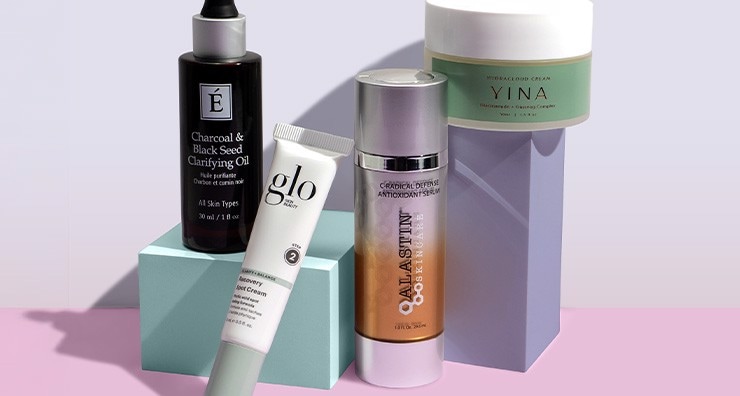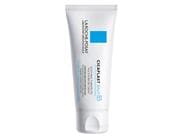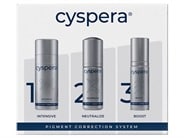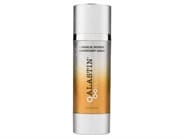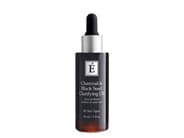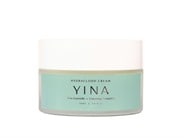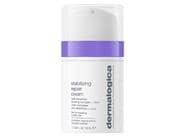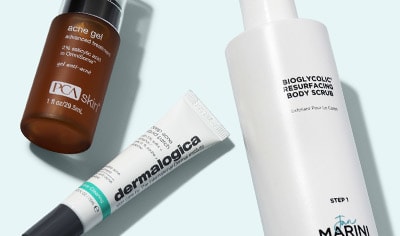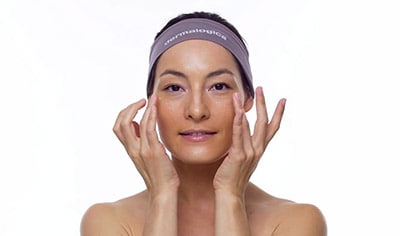Centella asiatica is a plant that goes by many names—gotu kola, cica, Indian pennywort, spadeleaf, tiger grass—and as it turns out, also has many benefits when used as a skin care ingredient. “Centella asiatica may have been used in traditional medicine for thousands of years,” says LovelySkin CEO Dr. Joel Schlessinger, a board-certified dermatologist, Mohs surgeon and cosmetic surgeon.
Today’s skin care innovators continue to see the benefits of using Centella asiatica in products ranging from face serums to all-purpose balms. Follow along as we cover some questions you may have about this ancient ingredient, including:
A leafy green plant, Centella asiatic is a member of the carrot family that is native to Japan, China, India and Indonesia. It has roots in traditional Chinese medicine and has been used as an herbal remedy to treat wounds and severe skin conditions such as leprosy, though its usefulness for these is in doubt. Its nickname of tiger grass comes from reports that injured tigers in India are known to roll around in the grass to help heal their skin.
Today, Centella asiatica or gotu kola is an ingredient used in some skin care products. It contains active compounds called pentacyclic triterpenes such as madecassoside, asiaticoside, madecassic acid and asiatic acid that may help boost collagen synthesis, reduce inflammation and support moisture retention. For these reasons, it’s a popular ingredient in skin care products that aim to help reduce visible redness, boost moisture content and diminish visible signs of aging.
Skin that feels dry, red or irritated might feel that way because your skin barrier (also called the moisture barrier) has been damaged. “Your skin barrier is the top-most layer of skin, and it’s responsible for keeping moisture in and harmful germs out,” says LovelySkin Medical Director Dr. Daniel Schlessinger, board-certified dermatologist, Mohs surgeon and cosmetic surgeon. “Some research has shown that Centella asiatica helps improve the function of the skin barrier by forming a film on the surface and helping hold in moisture.”
Acne scars, also called post-inflammatory hyperpigmentation, are the dark spots that remain on your skin after a pimple has healed.
“Because Centella asiatica has anti-inflammatory properties, there’s a lot of interest in how it might help improve scarring,” Dr. Joel Schlessinger says. “Though there is some limited evidence to show that Centella asiatica may help with hypertrophic scars and keloids—which are raised types of scars that form after an injury—more research needs to be done to determine whether Centella asiatica can help improve the appearance of acne scarring.
He adds that “because it may boost collagen production and help temporarily reduce redness, it should make a good supporting ingredient in products that treat acne scarring with other actives, such as vitamin C, retinol and cysteamine.”
Are you ready to find a place for Centella asiatica extract in your skin care routine? Here are a few ways you can incorporate this ancient botanical ingredient into your routine, from a post-acne spot treatment to a soothing face oil to a Centella asiatica serum.

This antioxidant-packed face serum from ALASTIN Skincare features many ingredients that help support collagen production in the skin, including Centella asiatica. “Collagen is a protein in your skin that provides structure, so it plays a major role in how smooth and firm your skin looks,” Dr. Joel Schlessinger says. “A lack of healthy collagen production leads to wrinkling and sagging.”
This formula features a proprietary encapsulated form of vitamin C to help reduce the appearance of photodamage such as dark spots, fine lines and wrinkles. It also won the title of Best Vitamin C Serum from New Beauty in 2024.
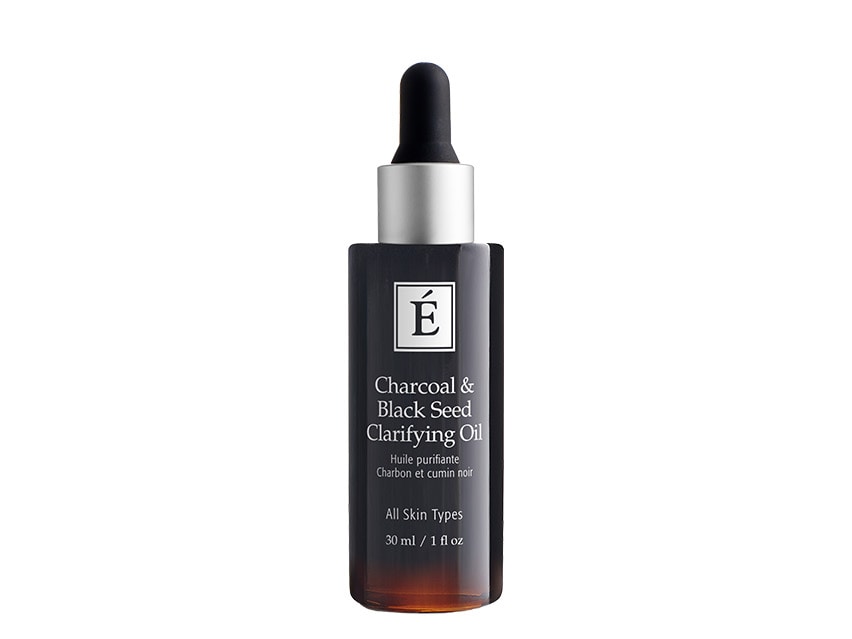
From Hungarian skin care brand Eminence Organics, this face oil is formulated to bring oily and combination skin into balance. It features cica oil (Centella asiatica) to calm irritation, activated charcoal to absorb excess oil and black seed oil to help curb acne. In a 28-day clinical study, 93% of users said this Centella asiatica serum helped restore moisture to their skin while decreasing the appearance of oiliness.
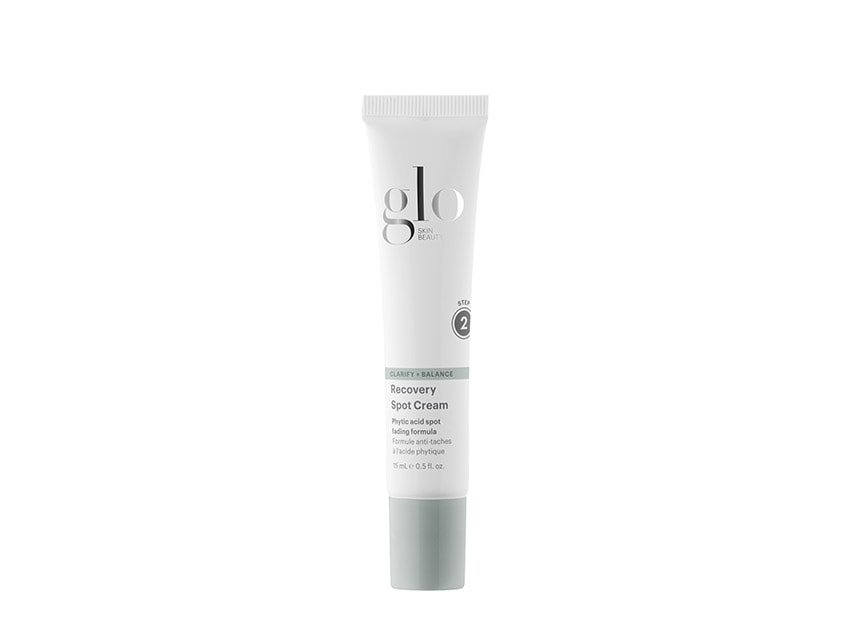
Glo Skin Beauty created this spot treatment to help with post-acne recovery. In addition to Centella asiatica to help strengthen the skin’s moisture barrier and reduce redness, it also contains antioxidant-rich green tea leaf extract and phytic acid to help reduce the appearance of post-acne scarring and discoloration. The addition of seaberry seed oil also helps replace lost moisture.
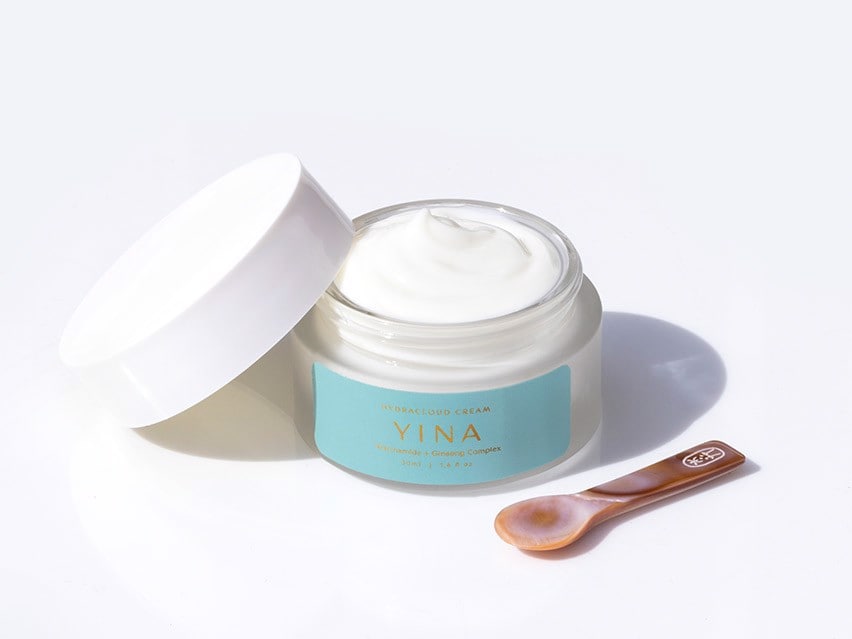
This nourishing face cream features an herb complex inspired by east Asian medicinal herbs, including Centella asiatica, ginseng, licorice root and green tea extract. Together, these ingredients help boost collagen production, calm inflammation and protect against visible signs of premature aging. Supporting ingredients include niacinamide to reduce redness and rice bran oil to help condition and protect your skin.
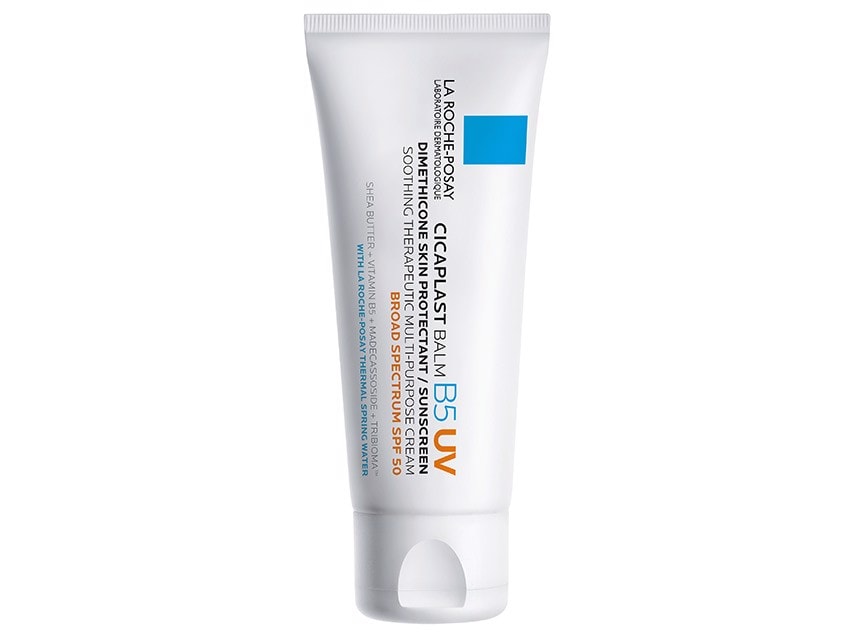
This multipurpose balm is part of La Roche-Posay’s Cicaplast line of products, which all feature Centella asiatica, aka cica, to help soothe dry and damaged skin. Centella asiatica combines forces with vitamin B5, shea butter and glycerin to help reduce irritation and restore nourishing moisture to dry, rough skin. It can be used to protect skin from windy weather and soothe “hot spots” caused by retinol treatments as well as soften dry hands or lips. You can even use it for diaper rash relief on babies as young as one week old.
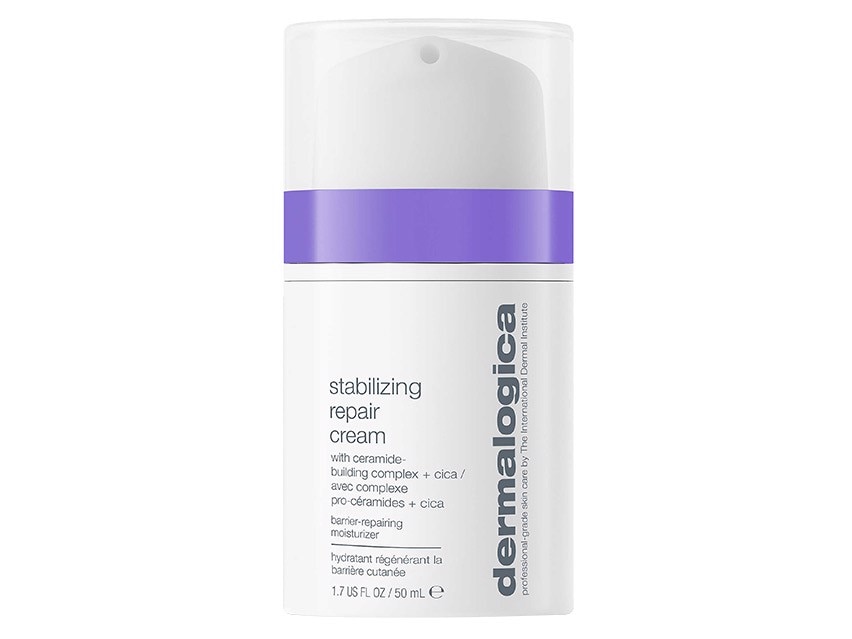
If you struggle with sensitivity, this super-soothing cream is ready to come to the rescue. It contains a ceramide-building complex to help reduce skin sensitivity by encouraging your skin to produce more of its own ceramides within one week of use. Along with Centella asiatica, it also features two other plant ingredients—Boerhavia diffusa root and Tasmannia lanceolata—to reduce redness and strengthen the skin barrier.
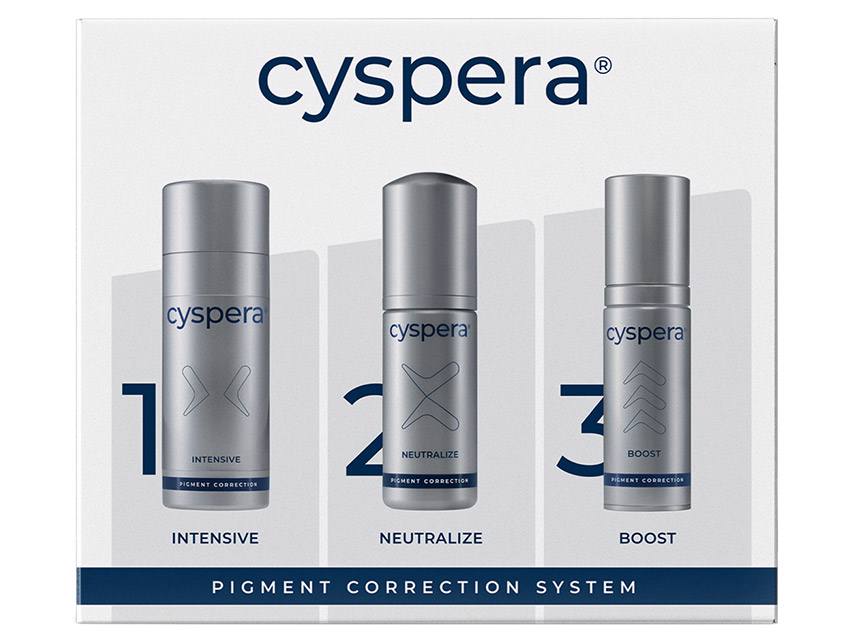
This three-step routine from Cyspera helps treat hyperpigmentation, including melasma, post-acne scarring and solar lentigo (dark spots that form as a result of sun damage).
The first step in this skin care trio is applying the Cyspera Intensive Pigment Corrector, which helps improve hyperpigmentation with a proprietary Cysteamine Isobionic-Amide Complex.
After letting the pigment corrector set for fifteen minutes, the second step is Cyspera Neutralize, a cleanser that pairs Centella asiatica with amino acids and AHA. It can also be used on its own for a gentle yet thorough cleanse.
The third step in the system is Cyspera Boost, a brightening day and night cream that complements the skin tone-evening properties of cysteamine with vitamin C and retinol.
Now that you’re well-versed in the benefits of Centella asiatica in skin care, you can expand your knowledge even further with our skin care dictionary on the LovelySkin Blog.


